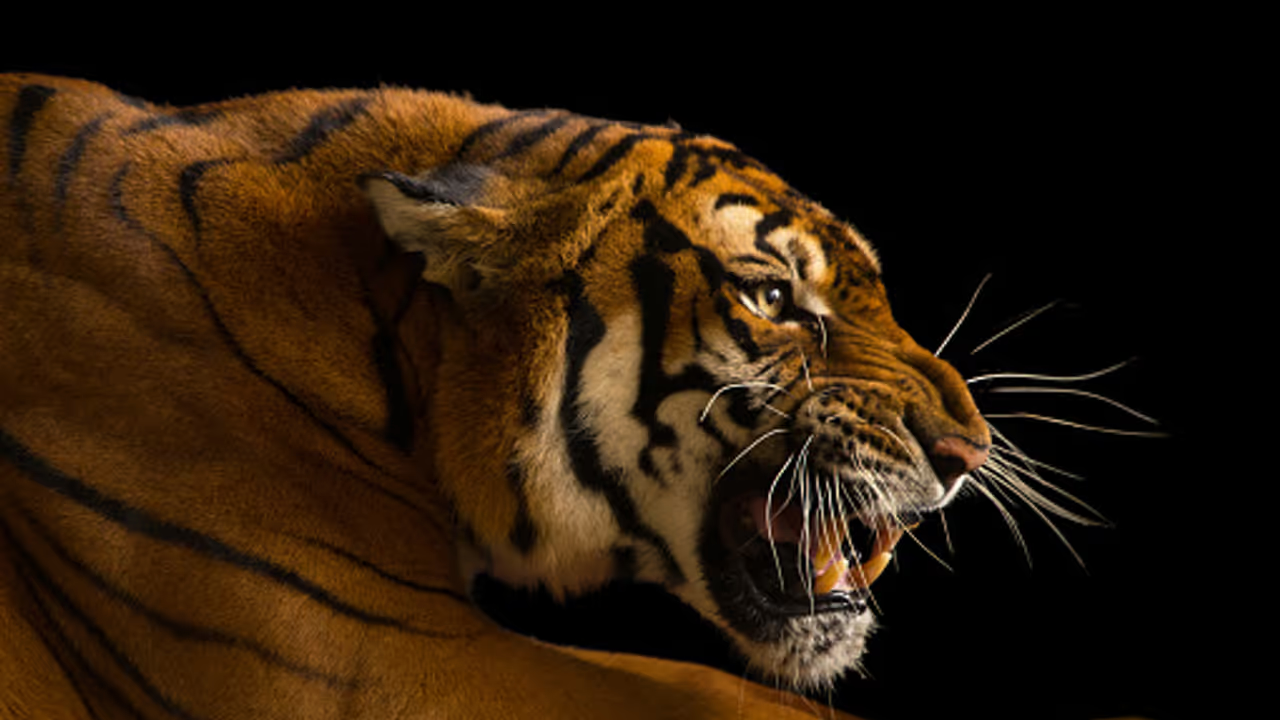With the help of rising technology, the government and private entities have been able to combine efforts to bring about awareness among people and help keep the conflict at bay.
The animal-human conflict in and around Bengaluru has been spreading like wildfire in the past decade. From human causalities caused due to wild cats and elephants to forest fires and animal deaths, there has been immense loss on both ends of this rope.

With the help of rising technology, the government and private entities have been able to combine efforts to bring about awareness among people and help keep the conflict at bay. However, the road to bring about complete or close to nil number of conflicts, is still a long way ahead.
Earlier this year, Bengaluru activists were up in arms after the buffer zones around Bannerghatta National Park were given up to the Ministry of Defence as part of a swap deal.
The buffer land in question has always been eyed for various purposes by the state and central government. The land was transferred to the BBMP in early 2000s to carry out mining activities but was stalled and stopped by activists for the very same reason. Now the wildlife in Bannerghatta faces threat once again, with the land now being offered to defence.
This is however not the only issue in hand. The ban on night traffic in Bandipur has been an on-going budge between the state and centre. While CM HD Kumaraswamy has made the states stance clear, clarifying that the ban will remain and night traffic will be blocked in Bandipur, the centre has been pressurizing the state to lift the ban. While the ban has been stated clearly in theory, there seems to be much difference in reality, as there is still night traffic, and these deaths are still prevalent even after the ban. Recently, in a video that went viral, a leopard was hit by a fast-moving vehicle in Bandipur, late at night, after which the big cat was tortured and man-handled by the locals around. The video clearly showed human encroachment in and around the forest, with vehicles parked in long lines and humans all around in abundance, adding to the misery and stress of the animal.
The decision to ban night traffic at the Bandipur tiger reserve was taken by the Karnataka High Court in 2009 following the death of 215 mammals including birds and snakes between 2004 and 2007 in Bandipur. Following this, the night traffic on two national highways; NH-67 and NH-212 that linked Karnataka with Tamil Nadu and Kerala respectively was banned.
Even though there is a night traffic ban on National Highways 67 (linking Ooty) and 766 (connecting Wayanad), every day from 9pm to 6am since 2009 by the forest ranges of Bandipur National Park in Chamarajanagar, hundreds of passengers have the facility to board buses belonging to KSRTC to help them cross the ranges of Bandipur to reach either Ooty or Kozhikode via Gundlupet and Wayanad from Bengaluru and vice versa.
Sources in KSRTC stated to Asianet Newsable that several KSRTC sleeper buses pass through Bandipur, accommodating passengers from Bengaluru at 9pm every day. Another sleeper bus departs from Kozhikode at 10pm to reach Bengaluru, which again passes through the Bandipur Tiger Reserve.
When asked about these pressing issues, forest officials have time and again refused to comment on the same. How many deaths will be enough for this burning conflict to be given the importance it needs?
